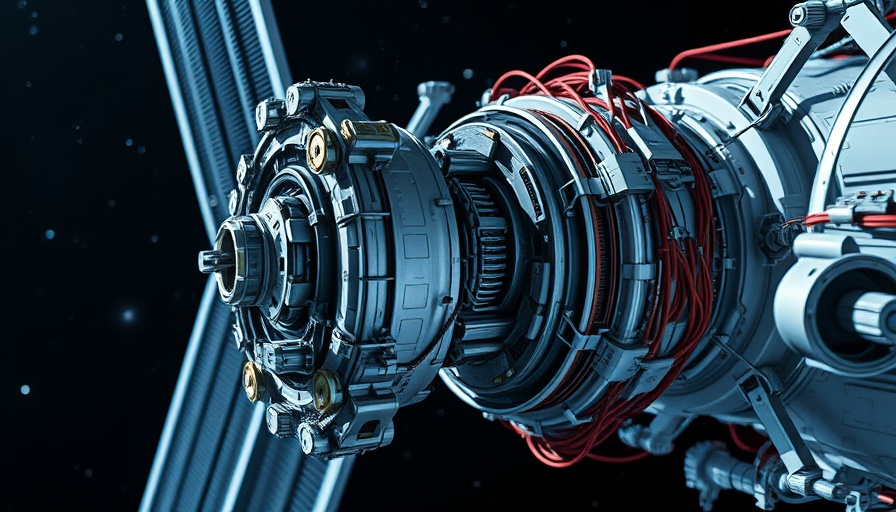
Revolutionizing Space Travel: SpaceX's Pioneering Technology
The successful launch of SpaceX’s Crew-10 mission marks a significant milestone for NASA and the future of space exploration. This mission highlights SpaceX's advanced autonomous docking technology, showcasing its potential to not only ferry astronauts like Butch Wilmore and Suni Williams back to Earth but also to facilitate safer and more efficient operations in space. The Crew-10's docking to the International Space Station (ISS) emphasizes how automation could revolutionize astronaut transportation and rescue operations in space.
The Unexpected Journey of Wilmore and Williams
NASA’s decision to leave two astronauts aboard the ISS for nearly nine months underscores the challenges faced during space missions. Originally intended as a brief stay, their experience has expanded our understanding of long-duration spaceflight. Stranded due to safety concerns with their return vehicle, the two astronauts represent the unforeseen circumstances that can arise in space travel. This scenario raises questions about the existing technologies that could have alleviated their wait, highlighting the need for robust systems capable of responding to emergencies.
A Historical Perspective on Docking Technology
Understanding the evolution of spacecraft docking technology provides context for SpaceX’s advancements. The journey began with Gemini 8’s first docking in 1966, followed by the Soviet Union's fully automated docking in 1967, which laid the ground for the sophisticated systems we see today. Each significant leap, from Apollo missions to Russia’s Kurs radar system, has pointed toward automation as a key component for future celestial expeditions. The legacy of these earlier technologies has culminated in SpaceX's current capabilities, which promise to increase safety and efficiency in manned missions.
Future Applications of Autonomous Docking
SpaceX's autonomous docking technology not only benefits current missions but could also reshape future space exploration. As the demand for commercial space travel grows, systems that seamlessly integrate automated technologies will be crucial for the safety of astronauts and the success of missions. Autonomous docking can facilitate prompt rescue operations for stranded astronauts and pave the way for more complex interplanetary missions. As we envision future missions to Mars and beyond, the importance of reliability and innovation in docking technology becomes increasingly apparent.
Implications for the Commercial Space Industry
With advancements in autonomous systems, the commercial space industry stands on the brink of a transformation. Enhanced capabilities mean reduced costs and increased safety, driving competition among private enterprises. As players like SpaceX continue to innovate, the ability to carry out missions with minimal human intervention will open doors to more ambitious projects and partnerships. This burgeoning field will eventually lead to more investments and development, making space more accessible.
Addressing Common Misconceptions
There are some misconceptions about autonomous docking systems, including concerns about their reliability and safety. In practice, automated systems have been rigorously tested, proving to be as dependable as, if not more so than, their manual counterparts. Autonomous systems are designed with multiple redundancies to address possible failures, ensuring that crews aboard are safe even when interventions are necessary. Understanding these systems' robustness can allay fears and foster public trust as commercial spaceflight continues to advance.
Conclusion: What Lies Ahead for Space Exploration
The revolution in space travel initiated by SpaceX’s Crew-10 mission not only emphasizes current technological capabilities but also opens a dialogue regarding the future of space exploration. The journey of astronauts like Wilmore and Williams serves as a crucial learning point, showcasing the need for advanced systems to support astronauts in any situation. As technology continues to evolve, so too must the conversation about its applications; together, we can prepare for a future where space travel is not just a dream but a reality for many.
 Add Row
Add Row  Add
Add 




 Add Row
Add Row  Add
Add 

Write A Comment